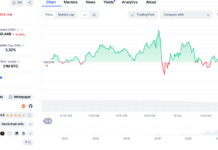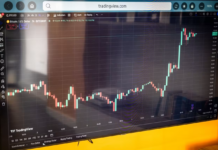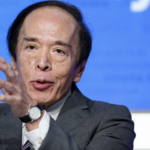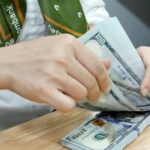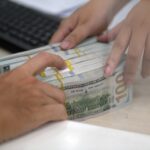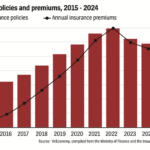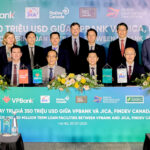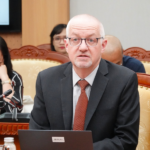The Japanese yen weakened to near 151 yen to the dollar for the first time since late March, as investors found the Bank of Japan (BOJ) Governor, Kazuo Ueda, less hawkish on monetary policy than expected. Japanese officials have also voiced concerns about the currency’s depreciation.
In the monetary policy meeting that concluded on July 31st, the BOJ kept its key interest rate unchanged at 0.5%. At the press conference following the meeting, Mr. Ueda stated that the bank’s policy was not solely dependent on its raised inflation forecast for the current fiscal year. He emphasized that the upward revision was mainly due to higher food prices.
Following Mr. Ueda’s comments, the yen reversed its earlier gains and fell below 150 yen to the dollar during the July 31st session. On August 1st, the yen continued to slide against the dollar, dipping below 150.9 yen to the dollar at one point.
This is the lowest level for the yen since late March, just before US President Donald Trump announced retaliatory tariffs at the beginning of April.
Speaking to reporters on August 1st, Japan’s Finance Minister, Katsunobu Kato, stated that authorities are concerned about recent exchange rate fluctuations.
“As we have been saying, it is important for currency rates to move stably, reflecting economic fundamentals. We are concerned about recent exchange rate moves, including those driven by speculation,” he said.
In a conversation with Bloomberg, senior strategist Michael Brown of Pepperstone Group remarked that Governor Ueda did not sound hawkish, and “this probably takes away some expectations that the BOJ will hike rates again soon. The desire for another hike seems quite low at the moment.”
Over the past three months, the yen has underperformed against other major currencies, and several strategists predict further weakness. However, asset managers are more optimistic, as data from the US Commodity Futures Trading Commission (CFTC) showed a build-up in yen long positions in the week ending July 22nd.
The BOJ’s decision to hold rates steady came after President Donald Trump announced a 15% tariff on Japanese goods the previous week, significantly higher than the rates imposed on Japanese imports earlier this year. The BOJ’s message after the meeting dampened market expectations of a short-term rate hike, contributing to the yen’s weakness.
Mr. Ueda stated that the Japan-US trade deal would allow Japan to gauge the impact of tariffs on its economy in the coming months. However, he added that the deal had reduced uncertainty in Japan’s economic outlook, but global trade policy remained highly uncertain.
“This is what we should expect from BOJ press conferences under Mr. Ueda’s leadership. They seem to be haunted by the historical fear of policy mistakes if they sound hawkish,” remarked portfolio manager James Athey of Marlborough Investment Management.
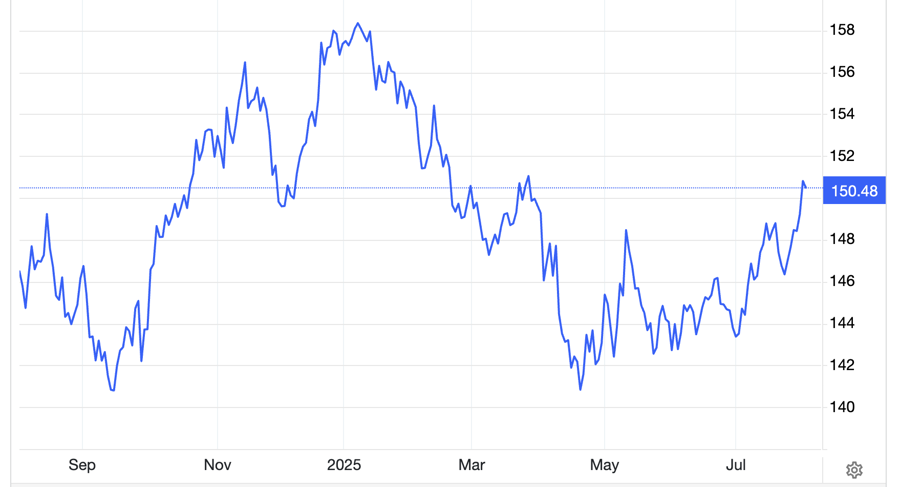
“Following the BOJ meeting, the USD-yen rate rose to its highest level since April 2nd, the day Trump announced retaliatory tariffs. There is still room for the USD-yen rate to climb. Until the impact of tariffs on the US economy becomes clear and the Fed resumes rate cuts, the market will focus on Japan’s sluggish economy and deeply negative real yields, both of which will exert depreciation pressure on the yen,” remarked Bloomberg Economics macro strategist Mark Cudmore.
Recent developments in Japanese politics, specifically the loss of the Liberal Democratic Party (LDP)’s majority in the upper house in the July elections, have made yen rate predictions more challenging. The minority government led by Prime Minister Ishiba Shigeru has raised concerns about increased government spending, putting downward pressure on the yen in recent times while pushing up super-long Japanese government bond yields.
“The BOJ is cautious about both tariff risks and domestic political uncertainty,” remarked Anna Wu, a strategist at VanEck, regarding the bank’s reluctance to raise rates.
However, with the Japan-US trade deal in place, overnight index swap markets are now pricing in a 66% chance of a BOJ rate hike for the rest of the year, up from about 59% before the agreement.
The Greenback and the Yuan: A Tale of Contrasting Fortunes
The State Bank of Vietnam’s central exchange rate today stands at 24,333 VND, a decrease of 5 VND compared to the morning of January 15th. Meanwhile, the Chinese yuan remained stable at commercial banks, showing no signs of fluctuation.
“Standard Chartered: Robust USD and Vietnam’s Economic Growth Trajectory Towards 6.7% in 2025”
In its latest economic update on Vietnam, released on December 12, 2024, Standard Chartered Bank forecasts a strong USD in 2025, with a weakening bias in the early part of the year. The bank predicts a 6.7% GDP growth for Vietnam in 2025, with a 7.5% year-on-year expansion in the first half and a 6.1% growth in the latter half.






















